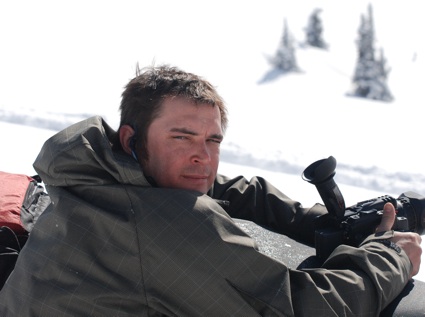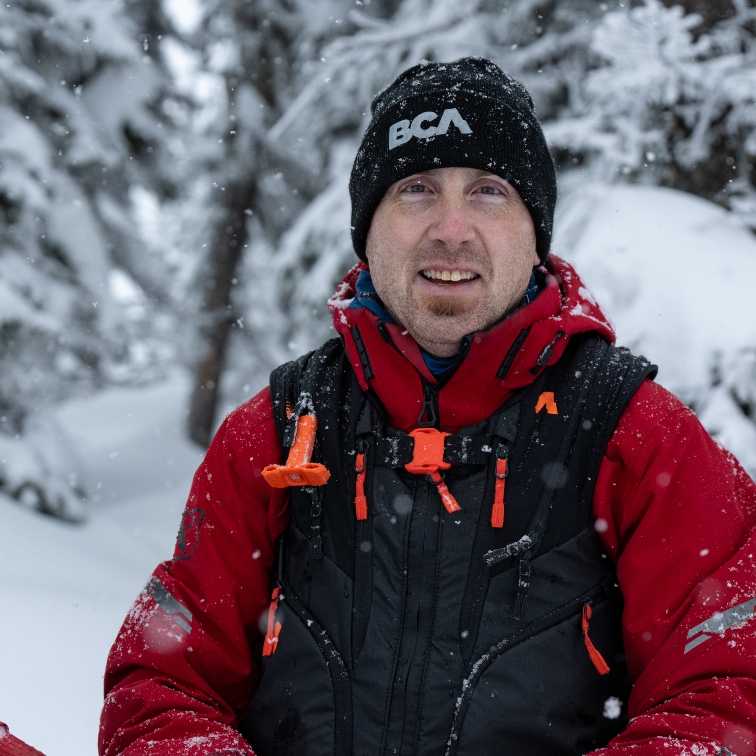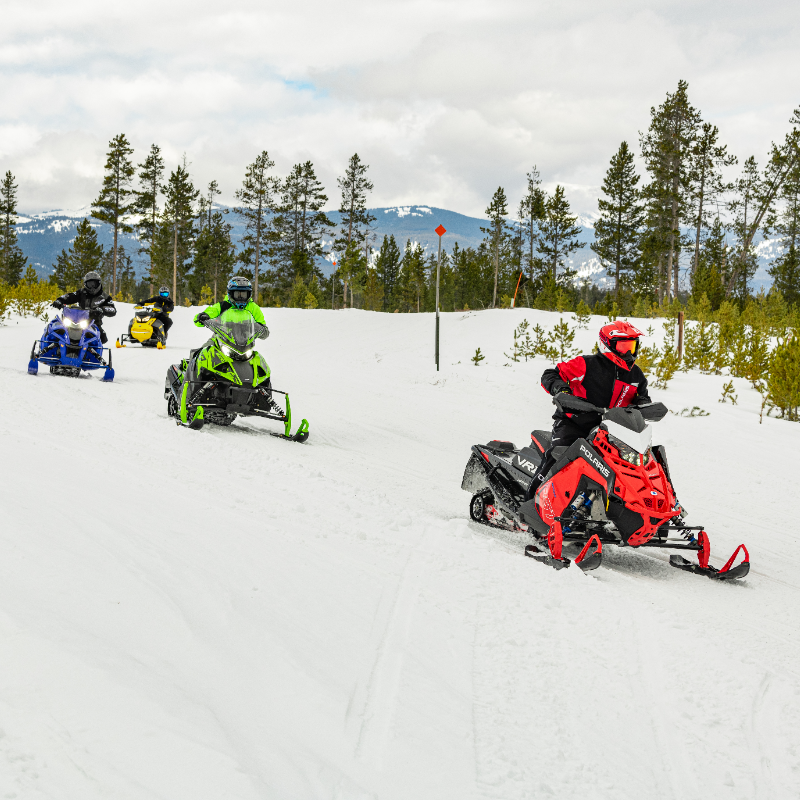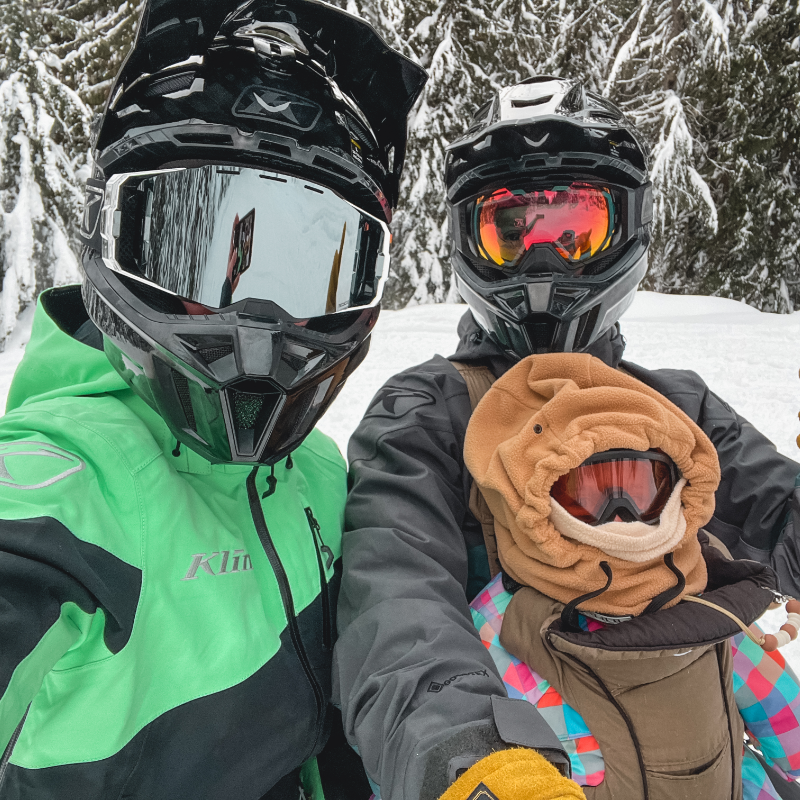Every person deals with traumatic events differently. Some turn to counsellors, friends and family for consolation and advice. Some forge ahead, seemingly unaffected. Others retreat into the recesses of their own minds. Jeremy Hanke, an avalanche survivor, has found solace in working with the Canadian Avalanche Association (CAA) to tell his story to other sledders. He is encouraging strong mentorship within the snowmobiling community while still enjoying trips into the backcountry on his sled.
A life-changing event
Six years ago, Hanke was sledding at Empress Lake when he was involved in a Class 3 avalanche that took the life of a fellow snowmobiler. Members of his party dug him out of the snow and pulled his tongue from the back of his throat. His ability to concentrate suffered for several years afterwards; he believes the oxygen deprivation was to blame. Miraculously, he escaped without life-threatening injuries and walked away from the mountain. By the following week, he had purchased a replacement snowmobile.
“I left that scene not fully understanding what had happened to me,” said Hanke. “I went back to work and realized that I loved the sport so much (that) I wanted to be back on the mountains.”
Getting back on the sled
This isn’t to say that Hanke wasn’t apprehensive about sledding after the avalanche. At the time of the accident, he was confident of his avalanche assessment skills due to years spent backcountry snowboarding and skiing. A native of Alberta, he spent the winters in Revelstoke when on vacation from his job in the oil fields. He discovered snowmobiling when he purchased a sled to travel into the backcountry for snowboarding. Hanke’s snowboard was quickly relegated to the back burner when he realized the snowmobile’s potential for backcountry adventures.
Though he credits his prompt return to the mountains after the accident as being the reason he sleds today, it forced him to totally revamp his approach. For several years post-accident, he said that he spent much of his time in the backcountry fearing for his life.
“(It took until last year for me) to feel confident in my levels of judging snow conditions and training,” said Hanke. “I didn't realize what I was doing until I got involved with the Canadian Avalanche Association a year ago to make myself feel safe. I had people help me along (and) do a little more teaching to develop the skill sets to be confident again.”
Making the most
His involvement with the CAA began after a chance meeting at a dinner party, when a curriculum specialist with the CAA offered him the chance to get involved with the association. Hanke jumped at the opportunity to share his story at the CAA’s general meeting.
He is careful not to lay blame for the incident on any one person. On the day of the accident, two groups of sledders set out, with one group sledding above the other. The higher group cut out an avalanche that buried Hanke’s group.
“One group made choices for the other group and some of those were bad,” said Hanke, “but I think each group could have done something better on the day and (could have been) a lot more wary of the conditions.”
Giving back
Now, Hanke is a member of a nine-person advisory committee with the CAA. Comprised of snowmobilers, the committee suggests ways that the CAA can approach the sledding community. Hanke credits the association with being an excellent source of information and encourages other sledders to support their work.
One thing Hanke is adamant about is that education is key and that sledders need to think for themselves, regardless of what other members of their sledding groups may be doing. After noticing a lack of mentors within the snowmobiling community, he is now starting a new business in snowmobile orientation and education to help others learn from his experience. He hopes that he can show that riding hard and being safe don’t have to be mutually exclusive.
“I'm hoping that my approach will get more people intrigued and out there mentoring . . . we're not saying don't go,” he said. “We're saying know the risks and minimize them.”







